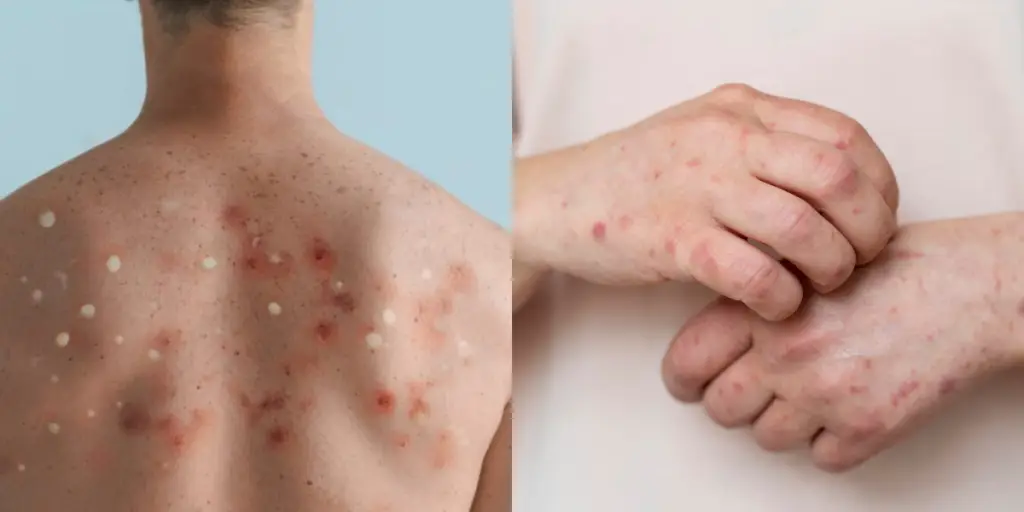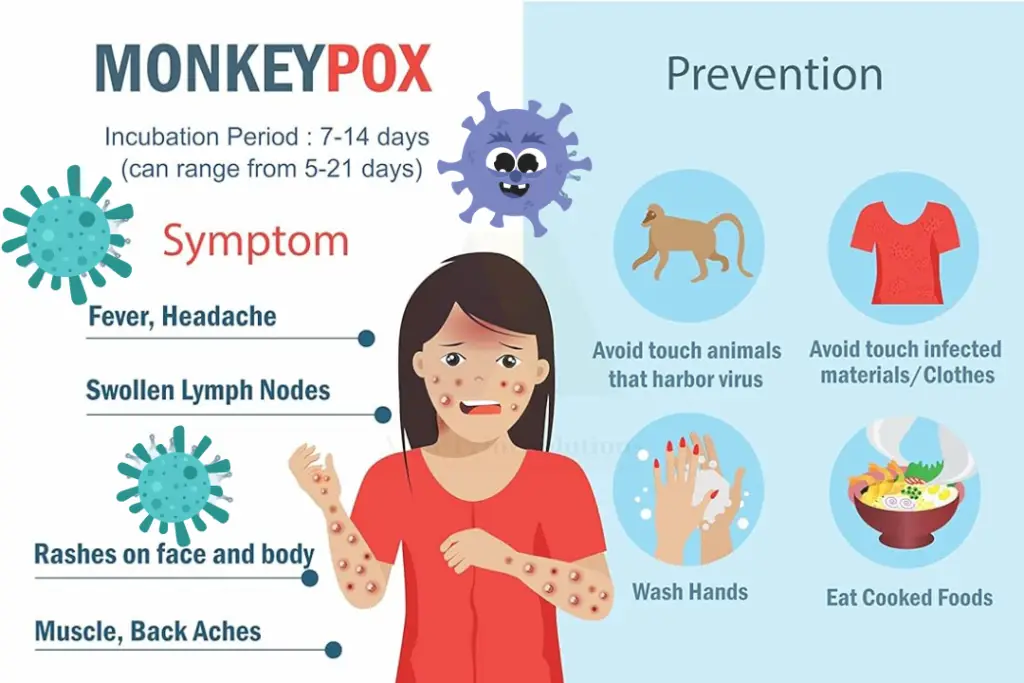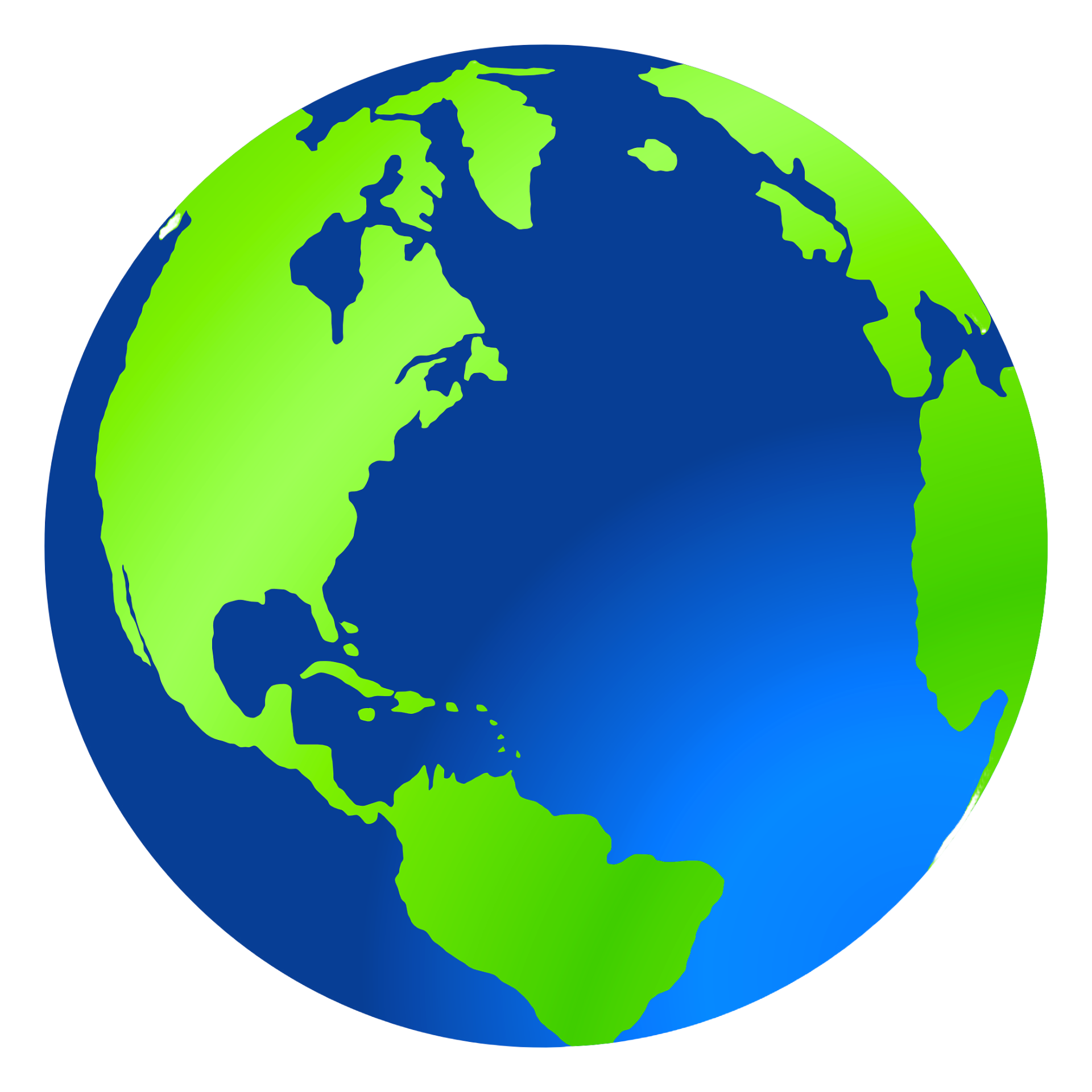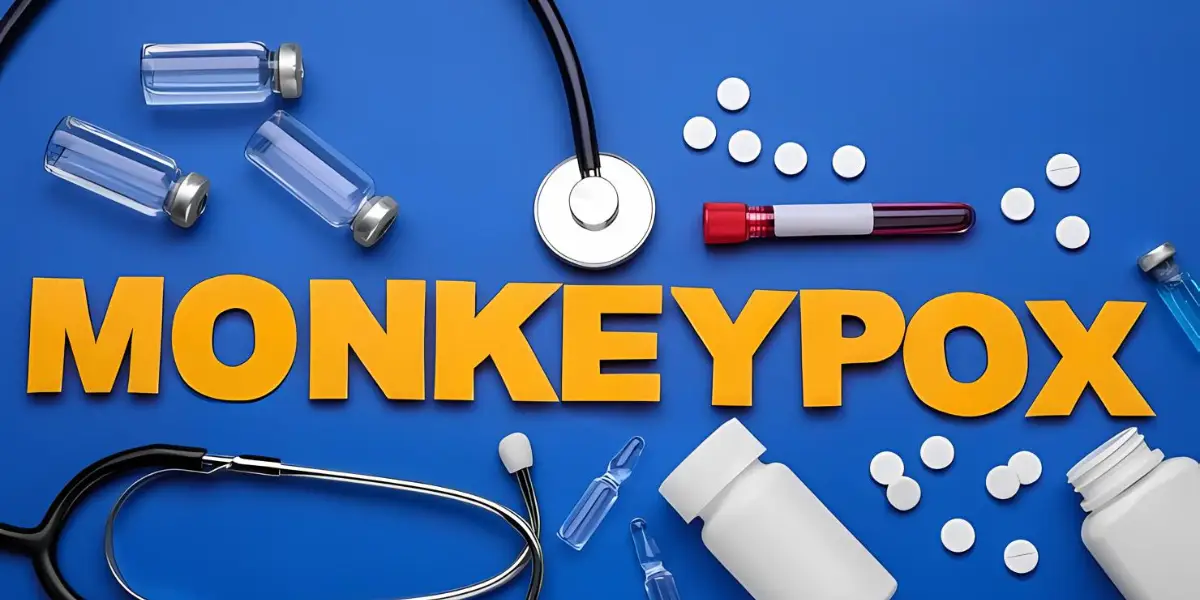In the latest outbreak update, published Thursday (15 August 2024), two days earlier WHO declared monkeypox a global emergency for only the second time since an alert issued in September and it is now at its highest level of viral warning. As of Wednesday, more than 14,000 people have been infected with Ebola in Africa and at least have died — already surpassing last year’s total numbers.
The plans are being prepared in case a new type of Monkeypox virus is detected still they have warned the risk remains low. Clade 1b Monkeypox has not been confirmed in the UK – but experts claim cases will rise unless action is taken across borders.
A Closer Look At Monkeypox
Monkeypox is a member of the Orthopoxvirus genus, which includes Variola virus (the agent of smallpox) and Vaccinia virus. It was first recognized in 1958, when outbreaks occurred among laboratory monkeys being used for research in Denmark It was also first recorded by humans in 1970 after the disease appeared in the Democratic Republic of Congo. Although monkeypox is native to Central and West Africa, it has spread to other parts of the globe in recent years, causing global health concerns.
There is also a case in Sweden, where an individual was infected while visiting the area of Africa where the disease has been spreading.
Monkeypox Symptoms And Clinical Signs
Monkeypox clinical presentation is similar to but less fulminant than smallpox. After someone has been infected with the virus, symptoms usually show between 7 to 14 days later in two phases:
Prodromal Phase: It lasts for 1–5 days and the symptoms are fever, headache, muscle aches, backache, swollen lymph nodes and fatigue. Types of monkeypox 1) Congo Basin form- milder, with a benign rash and presence of swelling nodes (Smallpox does not cause lymphadenopathy).
Rash Phase: After the prodromal phase, a rash appears, often starting on the face and spreading to other areas of your body. This rash changes through the aforementioned stages, including macules (flat discoloured areas), papules (bumps in an area of redness); vesicles (small blisters and pustule — bumps; some may have pus) ultimately forming scabs. It’s a severe, rapidly spreading rash that can be most pronounced on the face, hands and feet — where it sometimes leaves scars.
The disease usually resolves in 2–4 weeks, but can result in chronic illness. Rare but possible emergency situations may be life-threatening, especially work-related to immunosuppression and in particular segments of society with restricted access to medical care.

Monkeypox in Global Emergency?
There has been a recent upsurge in the number of Monkeypox cases and deaths compared to previous years. Other areas in the world have become affected as well, like Europe and America. This has sparked worries that the virus could have become much harder to control internationally.
Discovery of new genetic variants/clades [such as Clade 1B] and potential differences in transmissibility or severity create a need for heightened vigilance toward and response against Monkeypox virus.
The declaration of Monkeypox as a global health emergency serves to increase worldwide awareness, encourage international collaboration and pool resources to counter the outbreak quickly before potential worsening.
Botswana What It Is, How the Virus Spreads and Who’s Most at Risk
Humans usually catch monkeypox through contact with infected animals, such as rodents and primates. Transmission between humans is possible through respiratory droplets, contact with bodily fluids (e.g., at a wedding), or contaminated materials such as bedding. The virus is believed to spread mainly from person-to-person, between people who are in close contact with one another (24about 6 feet), through respiratory droplets produced when an infected person coughs or sneezes.
Also, traveling to an area where the disease is endemic can increase your risk of infection.
Current symptom control and treatment modalities for monkeypox.
Treatment: There is no specific antiviral treatment for Monkeypox, but supportive care should be provided to manage symptoms and help prevent complications. This includes:
Pain And Fever Control: Analgesics and antipyretics can reduce pain and fever.
Hydration And Nutrition: It’s important that you eat and drink plenty of fluids to recover properly.
Avoiding Secondary Infections: Keeping the rash clean and using topical treatments may help prevent a bacterial infection.
How To Prevent Monkeypox
In regions where the virus is endemic, people should not touch wild animals and seek medical help if they think they have been infected by any Ebola clone. The most important thing to do when someone has Monkeypox is isolate the infected individuals, thus preventing transmission of the virus such that can not be spread to another person.
Furthermore, healthcare workers and others in close contact with infected people should use personal protective equipment (PPE) to reduce the risk of transmission.
Prevention, as well, can include vaccination: the Smallpox vaccine is one of a handful that has been associated with decreased susceptibility to Monkeypox and it might be used in some cases for high-risk individuals.

Final Overview
Although still a concern to an endemic region, monkeypox has drawn renewed attention globally with several recent outbreaks. Get to know the symptoms, transmission and how you can prevent this disease in order for us to be able to manage it correctly.
The World Health Organisation is keeping a close eye on the spread of the virus and giving advice to countries on how best to detect it. Continued investigation into the virus is essential for devising effective strategies for containment and the avoidance of future epidemics.
If you get symptoms, isolate yourself immediately and contact your local public health department or healthcare provider. Additionally, whenever possible let your healthcare provider where you are going to go for in-person care know that he/she was exposed by a contact of yours.

